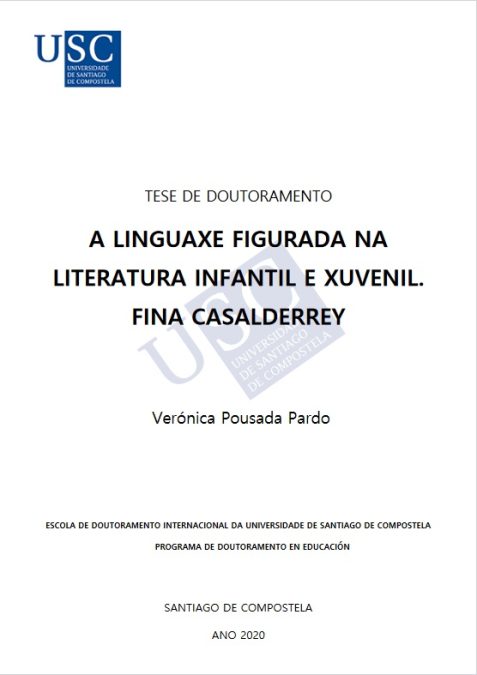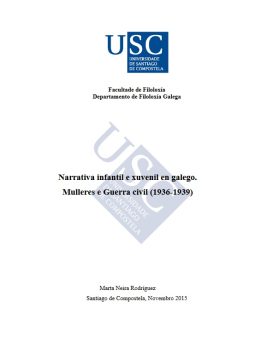Abstract
This doctoral thesis is part of the school of cognitive linguistics. Given that figurative language is a source of knowledge that allows human beings to perceive and understand the world, as it permeates the entirety of our daily experience (emotions, conflicts, difficulties…), constituting a reflection faithful to a particular people, their culture and their way of life; This research project has as its main objective the descriptive and explanatory analysis of figurative expressions, also taking into account the corresponding visual representation, considering, in addition, its educational value. To achieve the objective, we first delimit the relevant basic concepts and establish a conceptual scheme on which the study of the units is based. Secondly, for the preparation of the corpus, we carried out a casting of the works of Children’s and Youth Literature by Fina Casalderrey, looking for lexicalized figurative units in the field of anger, fear, sadness, death and madness. Third, we analyze cognitive models, their similarities and divergences, offering, as far as possible, a motivational explanation of corpus expressions. In this way, we approach the portrait that Galicians show of anger, fear, sadness, death and madness; since figurative language projects the worldview of the people who conceived it.





